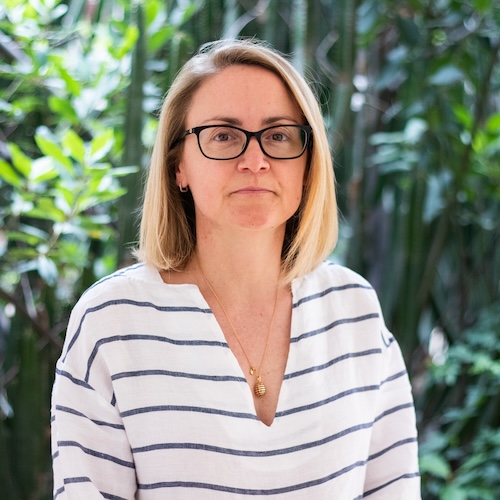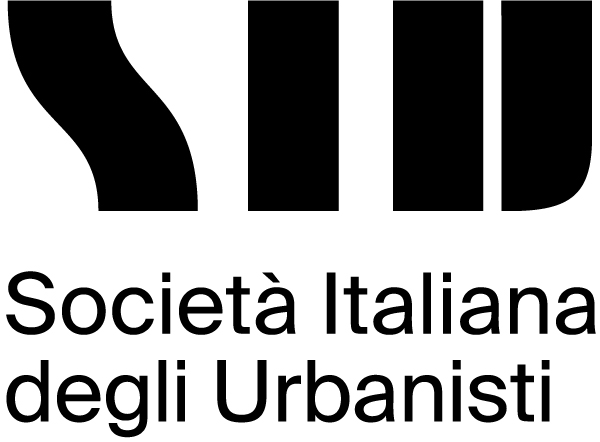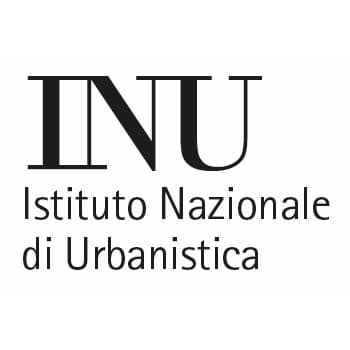KEYNOTES
The keynote speakers and the abstracts of their keynotes for the Heads of Schools Meeting 2024 Venice, Italy
SPEAKERS

Simin Davoudi
Professor Simin Davoudi holds the Chair of Town Planning at School of Architecture, Planning & Landscape and is Co-Director of Newcastle University’s Centre for Researching Cities. She is past President of AESOP; Fellow of: RTPI, Academy of Social Sciences, and Royal Society of Arts; a Trustee of TCPA; and a former member of the ESRC Strategic Advisory Network. She has served as expert advisor for several UK government departments, EU directorate generals, research councils in the UK and European countries, planning schools and international research projects. Simin held visiting professorships at universities in USA, Netherlands, Sweden, Australia and Finland. She has conducted numerous funded research projects and published widely.

Nicola Tollin
Nicola Tollin, Professor of Urban Resilience, holds the UNESCO Chair on Urban Resilience at University of Southern Denmark. Before joining SDU, he worked at Iuav (Venice), the Technical University of Denmark, the Technical University of Catalunya and the University of Bradford. He has over 20 years of international experience on sustainable development, resilience, climate change, circular economy and innovation focusing on cities and regions. He has served as expert for private organisations, local-authorities, the European Commission and United Nations. He is co-founder of Recycling Cities International Network RECNET, Executive Director of RESURBE International Program on Urban Resilience and Editor in Chief of the Resilient Cities book (Springer). He has over 20 years of international experience on sustainable development, resilience, climate change, circular economy and innovation focusing on cities and regions. He has served as expert for private organisations, local-authorities, the European Commission and United Nations. He is co-founder of Recycling Cities International Network RECNET, Executive Director of RESURBE International Program on Urban Resilience and Editor in Chief of the Resilient Cities book (Springer).

Maria Attard
Professor Maria Attard is the Head of Geography and Director of the Institute for Climate Change and Sustainable Development at the University of Malta. Between 2002-2008 she was a government consultant helping to develop and implement national transport projects. She has participated in a number of funded projects, serving also as an evaluator on European panels and supporting the work of organisations such the WHO, ITF and EU institutions. Prof. Attard sits on the Steering Committee of the WCTRS and is a NECTAR co-chair. She is co-editor of Research in Transportation Business and Management and associate editor of Case Studies on Transport Policy.
ABSTRACTS
*Based on Davoudi S. (2023) Prefigurative Planning: Performing concrete utopias in the here and now, European Planning Studies, 31(11): 2277-2290
[1] Tollin, N., Vener, J., Pizzorni, M., Gázquez, A. S., Gragnani, P., Manez, M., Brunetta, G., Caldarice, O., Morato, J., Grafakos, S., Simon, D. & Matsumoto, T. (2023), Urban Climate Action. The urban content of the NDCs: Global review 2022. Nairobi: United Nations Human Settlements Programme UN-Habitat https://unhabitat.org/urban-climate-action-the-urban-content-of-the-ndcs-global-review-2022
[2] Ranalder, L., Gasser Hidalgo, L., Jones-Langley J., Verner J., Tollin, N., Local Action for Global Goals: An Opportunity for Enhancing Nationally Determined Contributions. (2024). Nairobi: United Nations Human Settlements Programme UN-Habitat https://unhabitat.org/local-action-for-global-goals-an-opportunity-for-enhancing-nationally-determined-contributions
[3] Tollin, N., Lehmann, M., Attombri, C., Wyke, S., Skou Grindsted, T., Deeg, A. B., Pizzorni, M., & Mc Kay Boyle, P. (2023). Empowering Local Climate Action: Preliminary Analysis of Municipal Action Plans in the Region of Southern Denmark. Vejle: Region of Southern Denmark https://portal.findresearcher.sdu.dk/files/251994867/Empowering_Local_Climate_Action_2.pdf





